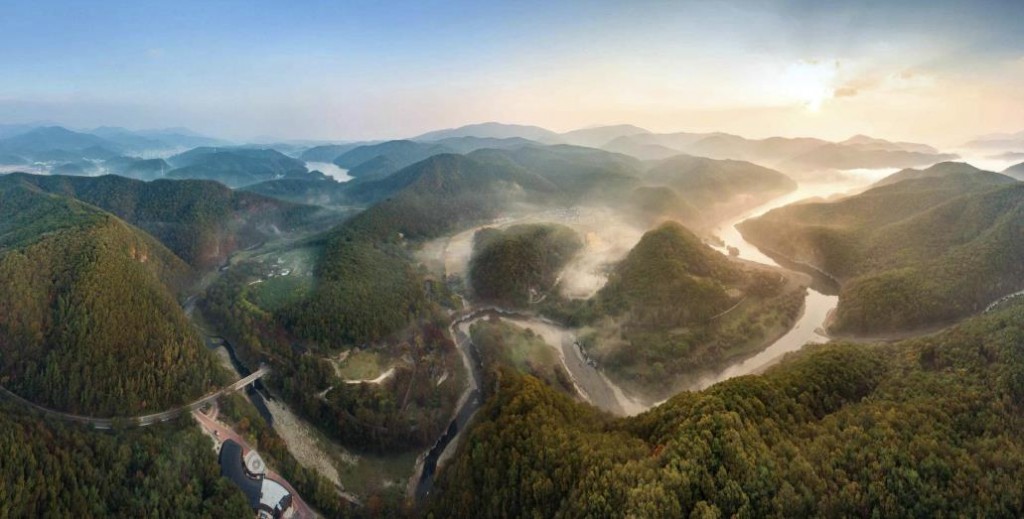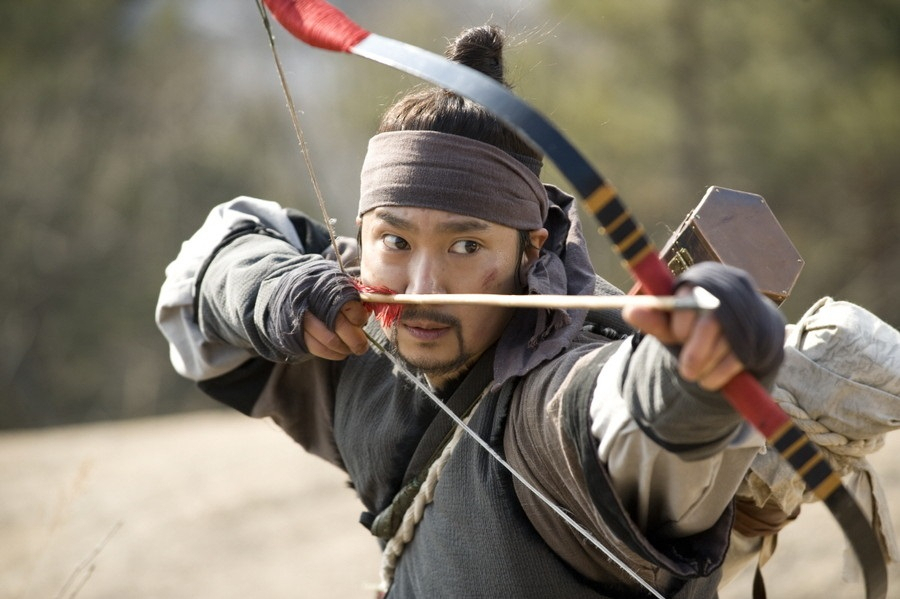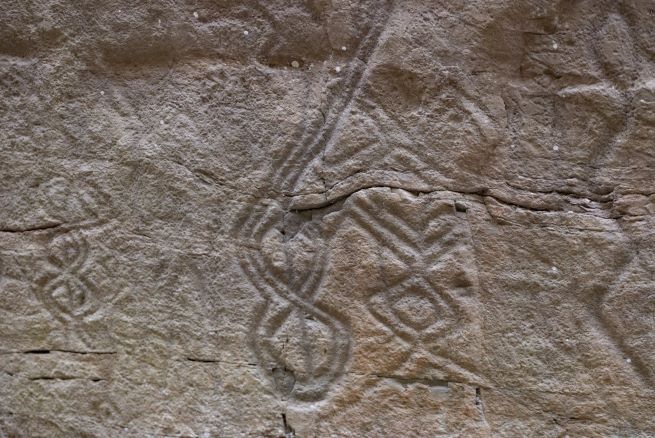ULSAN, Nov. 23 (Korea Bizwire) –South Korea’s national archery team achieved a historic sweep at the 2024 Paris Olympics, claiming gold in all five events—a testament to the country’s dominance in the sport.
This unparalleled success has reignited discussions on why South Korea excels in archery, with experts pointing to both cultural heritage and systematic fairness as key factors.
Unlike other sports associations where factionalism can influence athlete selection, the Korea Archery Association is lauded for its merit-based approach, ensuring only the most skilled athletes make the national team.
Complementing this rigorous system is South Korea’s deep historical connection to archery, stretching back thousands of years.

Lim Si-hyeon of South Korea competes in the final of the women’s archery team event at the Paris Olympics at Invalides in Paris on July 28, 2024. (Image courtesy of Yonhap)
Evidence of this connection is found in the Bangudae Petroglyphs in Ulsan, a UNESCO World Heritage candidate. The carvings, which depict hunters with bows, date back at least 7,000 years to the Neolithic era.
The site, etched into a 4.5-meter-high and 8-meter-wide cliff face, also features over 200 depictions of animals and hunting scenes, underscoring its cultural and historical value.
In a symbolic nod to this heritage, Ulsan hosted its first nationwide archery tournament at the Bangudae Petroglyphs area on November 17. The event aimed to highlight Ulsan’s aspirations to become a global hub for archery while raising awareness of the site’s historical significance.
The city plans to host an international archery competition next October, inviting participants from 30 to 50 countries.
Efforts to deepen the understanding of Korea’s archery history are also gaining momentum. On November 23, Ulsan hosted an academic conference at the city’s museum to further explore the historical roots of Korean archery.
Pyeon Sang-hoon, president of the Ulsan Institute, emphasized the importance of these discussions, stating, “This conference reaffirms Ulsan’s pivotal role in the development of traditional archery, as evidenced by the Bangudae carvings.”
Meanwhile, South Korea’s Cultural Heritage Administration has submitted a formal application to UNESCO to designate the Petroglyphs along the Bangucheon Stream which includes the Bangudae Petroglyphs area as a World Heritage site in 2025.
The bid reflects the site’s “Outstanding Universal Value” (OUV), encapsulating millennia of cultural expression and its ties to Korea’s ancient archery traditions.
Ulsan’s initiatives mark a blending of historical reverence and modern sport, spotlighting Korea’s commitment to preserving its cultural heritage while cementing its reputation as a global powerhouse in archery.

The Cultural Heritage Administration announced on January 31 that it had submitted an application to the UNESCO World Heritage Centre for the inscription of the Petroglyphs along the Bangucheon Stream as a World Heritage site. This heritage includes the Cheonjeon-ri Carved Stone and the Bangudae Petroglyphs in Daegok-ri, both of which are currently designated as National Treasures of South Korea. The photo shows a panoramic view of the Bangucheon Stream area. (Yonhap)
Ashley Song (ashley@koreabizwire.com)








